China deflation risk deepens signaling room for easing
By Korea HeraldPublished : Dec. 10, 2014 - 21:15
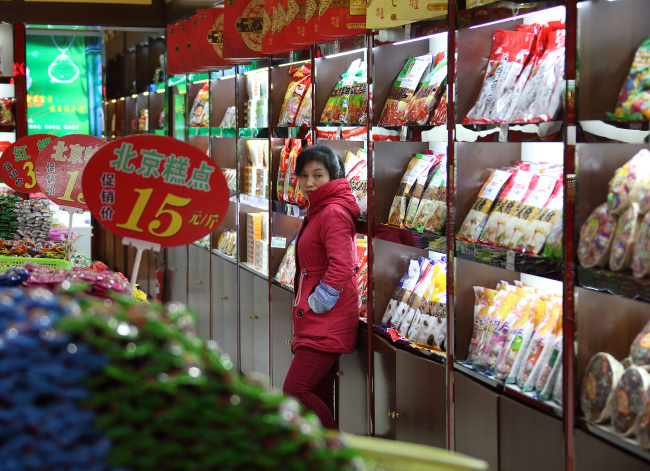
China’s factory-gate deflation deepened and consumer prices climbed at the slowest pace since 2009, signaling room for further monetary easing.
The producer price index dropped 2.7 percent in November from a year earlier, a record 33rd-straight decline and the biggest fall since mid last year. Consumer prices rose 1.4 percent, compared with the 1.6 percent increase in October.
Falling oil and metals prices have cut costs for China’s factories, leading to lower export prices and adding to dis-inflation threats across the world. The rising risk of deflation drives up real borrowing costs, making it harder for China’s indebted companies to service debts and increasing pressure on the central bank to follow up last month’s surprise interest-rate cut with further monetary easing.
“China has entered into a rapid disinflation process, and faces the risk of deflation,” said Liu Li-Gang, chief Greater China economist at Australia & New Zealand Banking Group Ltd. in Hong Kong. “As the PBOC has exhausted its newly invented and ineffective policy tools, we believe the next move will have to be a RRR cut in order to regain policy effectiveness and credibility.”
Factory-gate prices of coal products fell 11.6 percent from a year earlier, oil and gas products slumped 13 percent and ferrous metal products declined 16.6 percent, according to a statement on the National Bureau of Statistics website.
“The major driver of the recent decline in headline inflation readings is the slump of global oil and other major commodity prices,” said Lu Ting, Bank of America Corp.’s head of Greater China economics in Hong Kong.
Oil’s slide also helped push China’s trade surplus to a record in November after an unexpected decline in imports. Lower oil prices could boost economic growth and help keep inflation slow enough to give scope for further easing after last month’s surprise interest rate cut.
“The risk of deflation in China has risen significantly,” China International Capital Corp. economists Liang Hong and Bian Quanshui wrote in a note. It will “lift the level of real interest rates, further curbing aggregate demand and in turn reinforcing deflation expectations.”
As such, the People’s Bank of China needs to relax monetary policy, including cuts in interest rates and banks’ RRR, they wrote.
China is forecast to lower banks’ required reserve ratio to 19.5 percent in the first quarter of 2015 and to 19 percent in the second quarter, according to a survey by Bloomberg News.
As lower commodity costs fuel the drop in factory prices, that’s in turn pushing down China’s export prices, feeding deflation risks globally.
While most major central banks view inflation of about 2 percent as the yardstick for price stability, more than one-fourth of 90 economies monitored by researcher Capital Economics Ltd. are below 1 percent, the most since 2009. Almost half of those are already in deflation.
The moderation in China’s consumer prices reflects tepid domestic demand. Non-food inflation was 1 percent from a year earlier, while food prices increased 2.3 percent.
“Without a question, deflation has become the main risk of prices,” Xu Gao, chief economist at Everbright Securities Co. in Beijing, wrote in a note. “The root cause of this is the weak real economy.”
China’s top leaders started a meeting yesterday to map out economic plans for 2015. Economists expect the government to lower next year’s economic growth target to 7 percent from about 7.5 percent this year as it adapts to the “new normal” of a slower expansion pace. (Bloomberg)
The producer price index dropped 2.7 percent in November from a year earlier, a record 33rd-straight decline and the biggest fall since mid last year. Consumer prices rose 1.4 percent, compared with the 1.6 percent increase in October.
Falling oil and metals prices have cut costs for China’s factories, leading to lower export prices and adding to dis-inflation threats across the world. The rising risk of deflation drives up real borrowing costs, making it harder for China’s indebted companies to service debts and increasing pressure on the central bank to follow up last month’s surprise interest-rate cut with further monetary easing.
“China has entered into a rapid disinflation process, and faces the risk of deflation,” said Liu Li-Gang, chief Greater China economist at Australia & New Zealand Banking Group Ltd. in Hong Kong. “As the PBOC has exhausted its newly invented and ineffective policy tools, we believe the next move will have to be a RRR cut in order to regain policy effectiveness and credibility.”
Factory-gate prices of coal products fell 11.6 percent from a year earlier, oil and gas products slumped 13 percent and ferrous metal products declined 16.6 percent, according to a statement on the National Bureau of Statistics website.
“The major driver of the recent decline in headline inflation readings is the slump of global oil and other major commodity prices,” said Lu Ting, Bank of America Corp.’s head of Greater China economics in Hong Kong.
Oil’s slide also helped push China’s trade surplus to a record in November after an unexpected decline in imports. Lower oil prices could boost economic growth and help keep inflation slow enough to give scope for further easing after last month’s surprise interest rate cut.
“The risk of deflation in China has risen significantly,” China International Capital Corp. economists Liang Hong and Bian Quanshui wrote in a note. It will “lift the level of real interest rates, further curbing aggregate demand and in turn reinforcing deflation expectations.”
As such, the People’s Bank of China needs to relax monetary policy, including cuts in interest rates and banks’ RRR, they wrote.
China is forecast to lower banks’ required reserve ratio to 19.5 percent in the first quarter of 2015 and to 19 percent in the second quarter, according to a survey by Bloomberg News.
As lower commodity costs fuel the drop in factory prices, that’s in turn pushing down China’s export prices, feeding deflation risks globally.
While most major central banks view inflation of about 2 percent as the yardstick for price stability, more than one-fourth of 90 economies monitored by researcher Capital Economics Ltd. are below 1 percent, the most since 2009. Almost half of those are already in deflation.
The moderation in China’s consumer prices reflects tepid domestic demand. Non-food inflation was 1 percent from a year earlier, while food prices increased 2.3 percent.
“Without a question, deflation has become the main risk of prices,” Xu Gao, chief economist at Everbright Securities Co. in Beijing, wrote in a note. “The root cause of this is the weak real economy.”
China’s top leaders started a meeting yesterday to map out economic plans for 2015. Economists expect the government to lower next year’s economic growth target to 7 percent from about 7.5 percent this year as it adapts to the “new normal” of a slower expansion pace. (Bloomberg)
-
Articles by Korea Herald





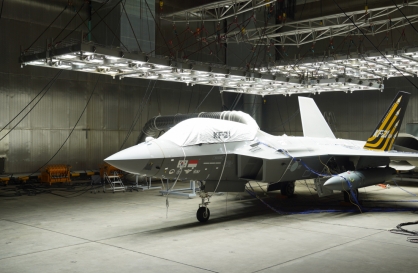
![[KH Explains] Can tech firms' AI alliances take on Nvidia?](http://res.heraldm.com/phpwas/restmb_idxmake.php?idx=644&simg=/content/image/2024/05/07/20240507050619_0.jpg&u=)
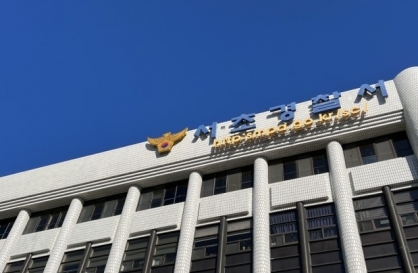
![[Grace Kao, Meera Choi] Has money displaced romance on dates?](http://res.heraldm.com/phpwas/restmb_idxmake.php?idx=644&simg=/content/image/2024/05/06/20240506050233_0.jpg&u=)

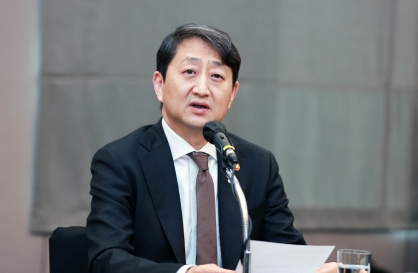




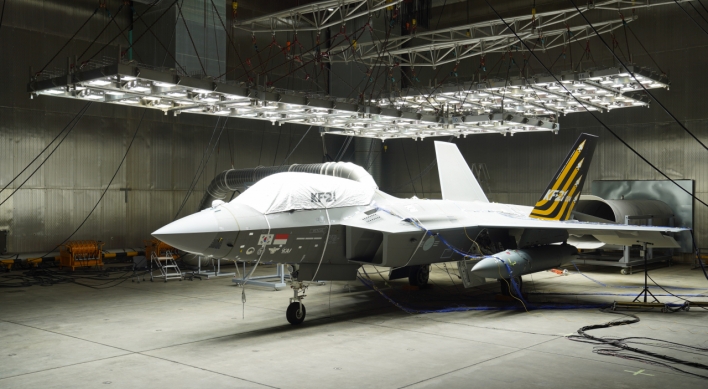
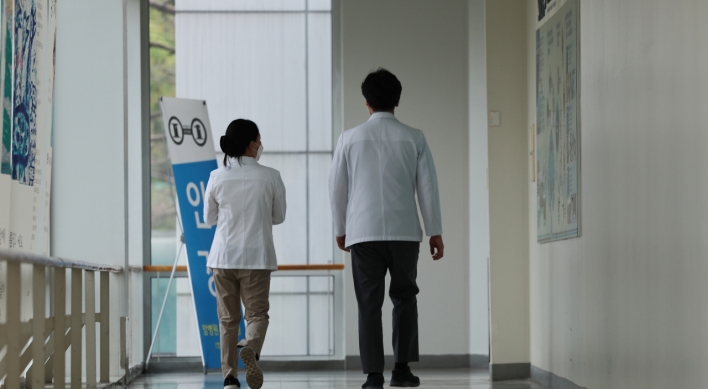

![[K-pop’s dilemma] Time, profit pressures work against originality](http://res.heraldm.com/phpwas/restmb_idxmake.php?idx=652&simg=/content/image/2024/05/08/20240508050705_0.jpg&u=20240508171126)
![[Today’s K-pop] NCT Dream to drop pre-release from 2nd Japan single](http://res.heraldm.com/phpwas/restmb_idxmake.php?idx=642&simg=/content/image/2024/05/08/20240508050725_0.jpg&u=)